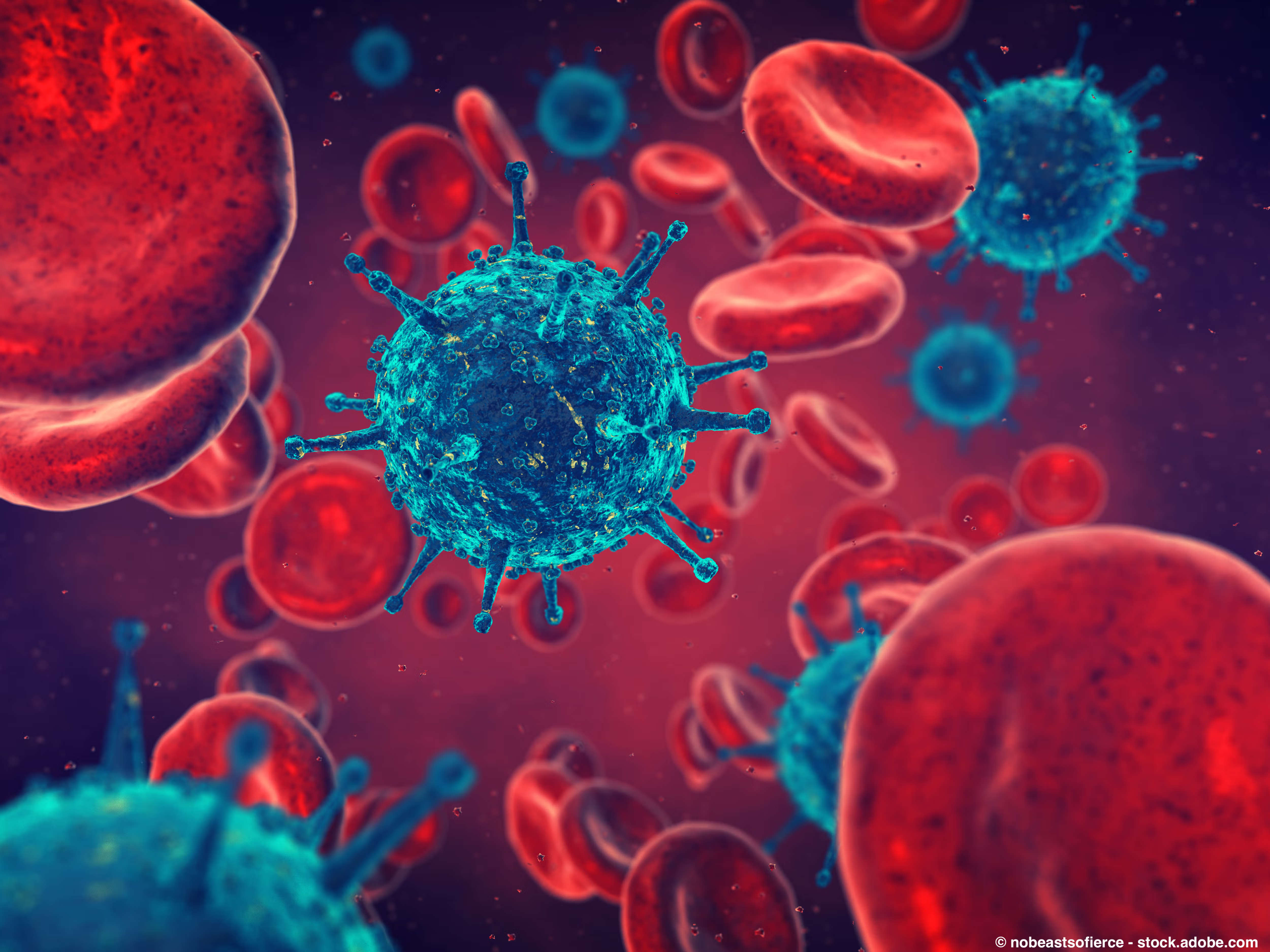Article
FDA Approves New Drug Regimen for Acute Lymphoblastic Leukemia
Author(s):
The Food and Drug Administration approved Asparlas (calaspargase pegol-mknl) as a component of a chemotherapy regimen to treat adult and pediatric patients with acute lymphoblastic leukemia (ALL), according to the agency.
The Food and Drug Administration approved Asparlas (calaspargase pegol-mknl) — an asparagine specific enzyme – as a component of a chemotherapy regimen to treat adult and pediatric patients with acute lymphoblastic leukemia (ALL), according to the agency.
The approval allows a longer interval between doses compared to other pegaspargase products, and was based on a demonstration of the achievement and maintenance of nadir serum asparginase activity above 0.1 U/mL when using when using Asparlas, 2500 U/m2 via IV ever three weeks. The drug was evaluated when it was given in combination with a multiagent chemotherapy in 124 patients with B-cell lineage ALL.
The enzyme was initially investigated in the DFCI 11-001, an open-label, randomized, active-controlled, multicenter clinical trial. On the trial, there were 237 children and adolescents with newly diagnosed ALL or lymphoblastic lymphoma — 118 were treated with 2,500 U/m2 of Asparlas given every three weeks and 119 were treated with 2,500 U/m2 of pegaspargase given every two weeks.
On the Asparlas arm, 98 percent of patients with B-cell lineage ALL went into complete remissions, compared to 99 percent on the pegaspargase arm.
The drug dosing was also studied on the AALL07P4 trial, which included patients with newly diagnosed, high-risk B-precursor ALL. Forty-three patients were given Asparlas at 2,500 U/m2; 68 patients were given 2,11 U/m2; and 52 patients were given 2,500 U/m2 of pegaspargase as a component of an augmented Berlin-Frankfurt-Münster (BFM) therapy regimen. Median duration of exposure was seven months.
The induction mortality of patients treated with Asparlas was 2.8 percent, and there were no induction deaths in the 52 patients treated with pegaspargase.
Common severe (grade 3 or higher) side effects that occurred in 10 percent or more of patients included elevated transaminase (a liver enzyme), increased bilirubin, pancreatitis and abnormal clotting. The safety profile of the three-week regimen was similar to the two-week regimen.
The recommended Asparlas dose is 2,500 units/m2 intravenously administered at a minimum dosing interval of every 21 days.




